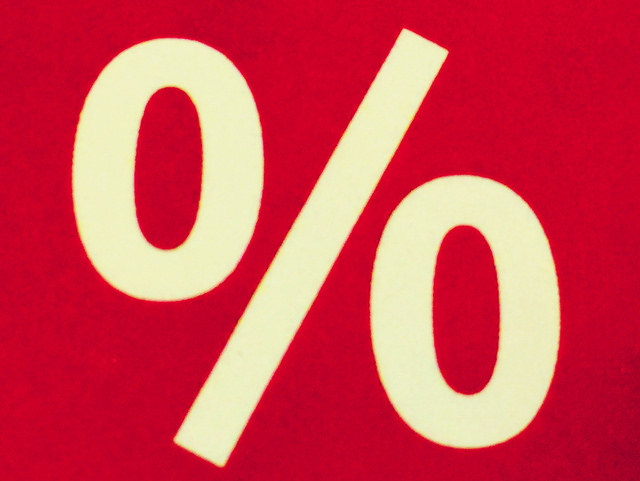Your mortgage payment is likely going to be among your biggest monthly bills. So, it’s important to know what to expect. That’s why the Mortgage Bankers Association tracks the national median mortgage payment each month. Its Purchase Applications Payment Index looks at the payment amounts applied for by borrowers purchasing a home and measures those against income to determine affordability conditions over time. According to the most recent results, the national median payment fell slightly in December to $2,127. Compared to year-before levels, that’s just $72 higher than it was at the end of 2023. Edward Seiler, MBA’s associate vice president, Housing Economics, and executive director, Research Institute for Housing America, says this year should be even better. “2024 was a sluggish year for home sales because of weak affordability conditions throughout the country,†Seiler said. “MBA expects 2025 conditions will improve as housing supply increases, giving prospective buyers more options and putting less pressure on their budgets.†(source)













